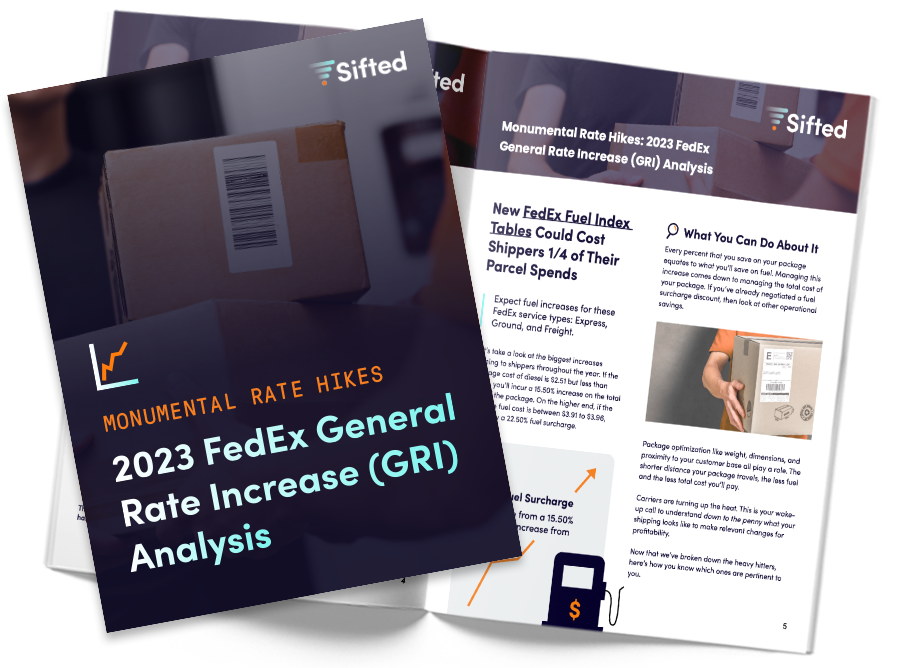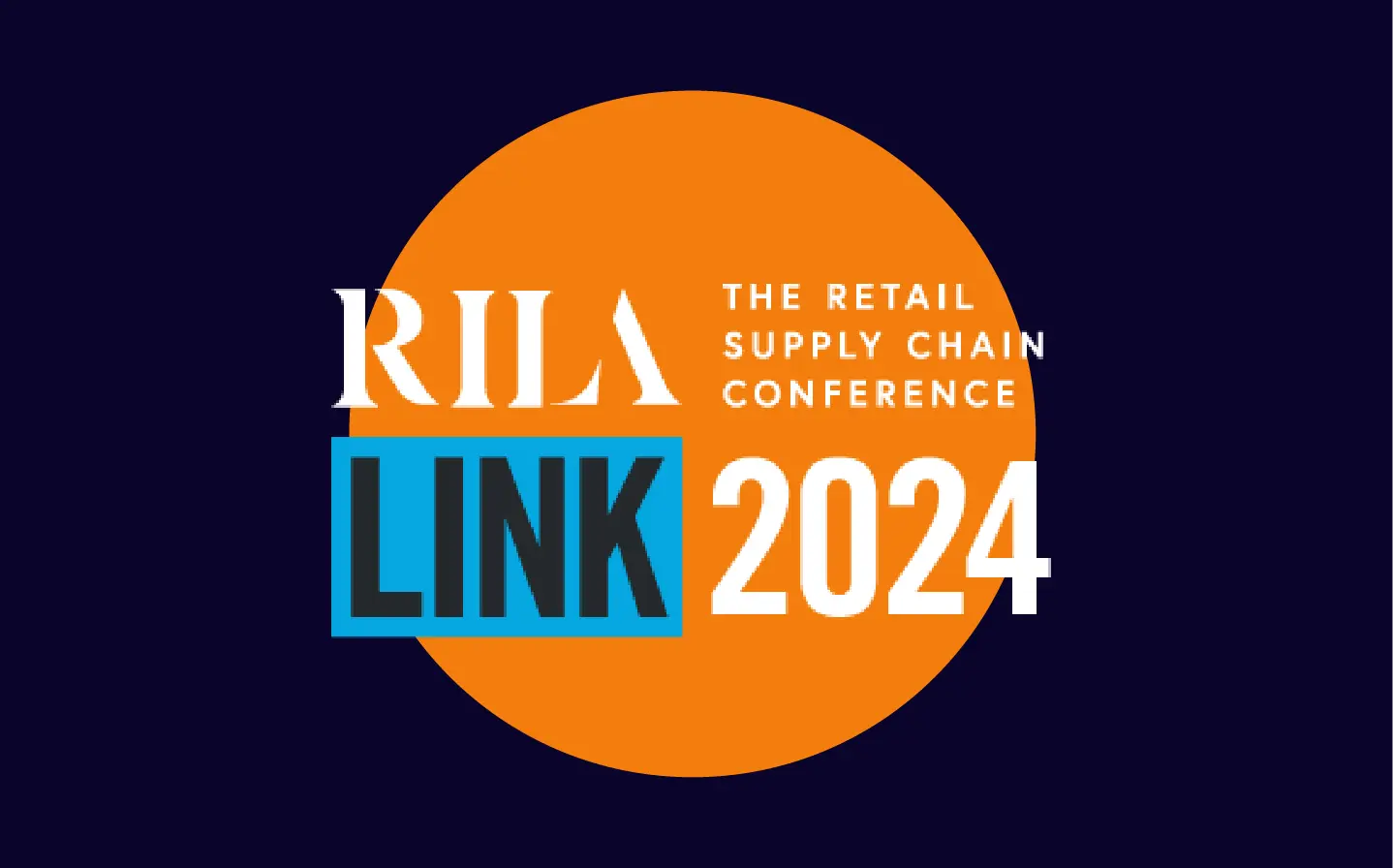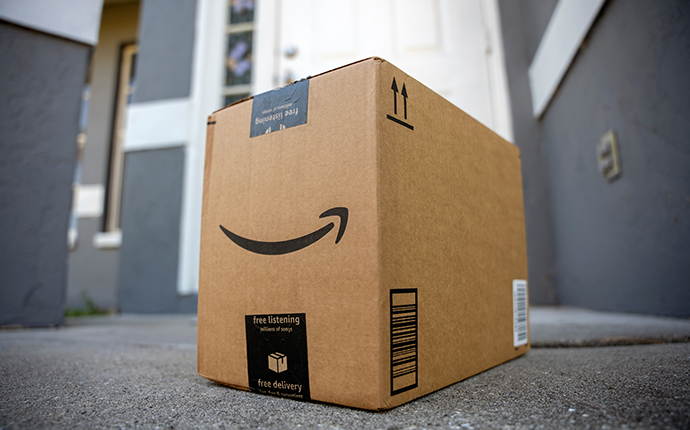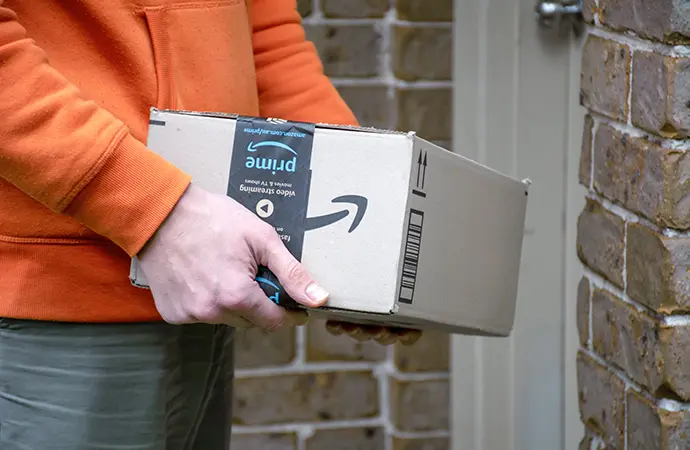It’s here. UPS & FedEx have announced an average General Rate Increase of 6.9%. Actual impact to most shippers? Well over double digits.
Carriers are making BIG moves to avoid “ugly freight,” and shippers with heavy or long distance packages need to be aware of these specific increases. Anything with a high weight (additional handling, oversize) or higher deliver zone has a steeper general rate increase than any other fee.
Before you start finalizing your budget, here’s a full breakdown of these new 2023 carrier rates.
2023 UPS General Rate Increases
UPS has matched FedEx with a 6.9% average general rate increase but is kicking things off a week earlier. Effective December 27, 2022, here’s a look at UPS base increases and accessorial fees.
High Level Highlights
- Minimums are now (for the first time) above $10
- Overall 6.6% average increase for shipments going to Zones 4 or below
- Overall 8.7% average increase for Zones 5+ [carrier don’t want long distance deliveries]
- Residential surcharge up 8%
- Delivery Areas Surcharges for Ground charges up 9.8% – Air charges up 7.2%
- 7+% increase for UPS Ground, UPS 3 Day Select, UPS 2nd Day Air, UPS Next Day Air Saver
- Additional Handling (Weight, Dimensions, Packaging) up from 13% to 23%
- 20+% increase for Large Packages
- 13.3% increase for Over Maximum packages
(UPS) Base Rate Increases
| UPS Simple Rate Size | UPS® Ground | UPS 3 Day Select® | UPS 2nd Day Air® | UPS Next Day Air Saver® |
|---|---|---|---|---|
| Extra Small | $10.20 | $17.70 | $20.05 | $29.40 |
| Small | $13.35 | $21.60 | $23.85 | $37.45 |
| Medium | $16.05 | $30.60 | $30.55 | $42.00 |
| Large | $21.05 | $41.05 | $54.45 | $63.00 |
| Extra Large | $26.05 | $51.50 | $70.60 | $81.40 |
| % Increase from 2022 | 7.40% | 10.52% | 7.76% | 7.50% |
(UPS) Additional Handling and Large Packages
Domestic charges are zone-based for additional handling and large packages. You’ll see an increase of 13% to 23% for these service charges alone!
| Surcharge Name | 2022 Rate | 2023 Rate | Increase |
|---|---|---|---|
| Additional Handling (Weight) | |||
| Zone 2 | $25.25 | $29.00 | 14.85% |
| Zone 3-4 | $27.50 | $31.50 | 14.55% |
| Zone 5+ | $30.50 | $34.50 | 13.11% |
| Additional Handling (Length & Width) | |||
| Zone 2 | $15.75 | $18.50 | 17.46% |
| Zone 3-4 | $17.50 | $20.50 | 17.14% |
| Zone 5+ | $20.50 | $23.50 | 14.63% |
| Additional Handling (Packaging) | |||
| Zone 2 | $14.00 | $16.50 | 17.85% |
| Zone 3-4 | $16.00 | $19.00 | 18.75% |
| Zone 5+ | $17.50 | $20.50 | 17.14% |
| Large Package (Commercial) | |||
| Zone 2 | $110 | $135 | 22.72% |
| Zone 3-4 | $120 | $145 | 20.83% |
| Zone 5+ | $140 | $165 | 17.85% |
| Large Package (Residential) | |||
| Zone 2 | $135 | $160 | 18.51% |
| Zone 3-4 | $145 | $179 | 23.45% |
| Zone 5+ | $165 | $196 | 18.78% |
*Except UPS Ground with Freight Pricing packages. Large Packages are subject to a minimum billable weight of 90 pounds per package.
UPS Shippers with heavy-duty packages will be hit the hardest.
Large Package surcharges are up on average 20% for both residential and commercial services.
UPS is making it clear that they really don’t want big packages with a $1150.00 surcharge per Over Maximum package. (2022 pricing was $1025– a 13% increase!)
Over Maximum packages have an actual weight of more than 150lbs. Or shipments exceeding 108 inches or a total of 165 inches in Length + (2 x Width) + (2 x Height) combined.
Double Whammy: UPS Residential Surcharge up 8% in addition to delivery area surcharges (DAS)
| Residential Surcharge | 2022 Rate | 2023 Rate | Increase |
|---|---|---|---|
| UPS® Ground | $4.85 | $5.25 | 8.25% |
| UPS® Air | $5.35 | $5.85 | 9.35% |
UPS Delivery Area Surcharges (DAS) will increase at a minimum of 8% for Ground services and up to 6.73% for Air.
| Delivery Area Surcharge | 2022 Rate | 2023 Rate | Increase |
|---|---|---|---|
| UPS® Ground (Commercial) | $3.40 | $3.70 | 8.82% |
| UPS® Ground (Residential) | $4.80 | $5.30 | 10.41% |
| UPS® Air (Commercial) | $3.55 | $3.70 | 4.22% |
| UPS® Air (Residential) | $5.20 | $5.55 | 6.73% |
DAS’s are billed based on which zip codes each package is delivered to. It’s one of those ‘destination-based’ charges, and while you can’t control where your customers want packages shipped, you can make some adjustments on your end to help lower the cost.
What services are affected by UPS’s Delivery Area Surcharge?
- UPS Next Day Air Early®
- UPS Next Day Air®
- UPS Next Day Air Saver®
- UPS 2nd Day Air®
- UPS 3 Day Select®
- UPS Ground®
- UPS Worldwide Express Plus®
- UPS Worldwide Express NA1®
- UPS Worldwide Express®
- UPS Worldwide Saver®
- UPS Worldwide Expedited®
- UPS 3 Day Select from Canada®
- UPS Standard to/from Canada®
- UPS Standard to/from Mexico®
2023 FedEx General Rate Increases
Effective January 2nd, 2023 FedEx has announced a 6.9% average General Rate Increase (GRI).
Things are getting more than real. They’re getting serious.
High Level Highlights
- Minimums are over $10 (for the first time)
- Additional Handling Surcharge up 16+%
- Oversize up 18% for Home Delivery & 19.6% for Ground/Express
- 16.4% average increase for shipments going to Zone 7+
- Address Corrections up 7.7%
- Delivery Area Surcharge up 8.5%
- Residential Delivery up 9.4% for Express & 5.7% for Ground
Here’s a breakdown of those heavy hitters.
(FedEx) Base Rate Increases
Ground is up at least 7.04%. Express is increasing by 7.36%. Why? Because FedEx is trying to avoid shipments that aren’t efficient for them to deliver.
Let’s take a look at a 1lb package shipped in Zone 2 for the following services
| Surcharge Name | 2022 Rate | 2023 Rate | Increase |
|---|---|---|---|
| FedEx Ground® & FedEx Home Delivery® | $9.36 | $10.10 | 7.91% |
| Express Saver | $19.57 | $21.03 | 7.46% |
| FedEx 2 Day® | $21.02 | $22.59 | 7.47% |
| FedEx 2 Day® AM Package | $23.52 | $25.37 | 7.87% |
| FedEx Express Saver® | $19.57 | $21.03 | 7.46% |
| FedEx Priority Overnight® | $34.14 | $37.04 | 8.49% |
(FedEx) Zone-Based Additional Handling & Oversize Surcharges
If you ship heavy packages, weight and dimensions-based fees are up 17%.
Zone-based charges to calculate additional handling and oversize fees are here to stay. And anything being shipped to zone 7+ or higher will get tacked with charges that pack an extra punch. Zones 7+ will see average price increases of 16.4%.
On average, the Additional Handling Surcharge is going up 16+% & Oversize fees are up 18% for Home Delivery and 19.6% for Ground/Express.
| Surcharge Name | 2022 Rate | 2023 Rate | Increase |
|---|---|---|---|
| Additional Handling (Weight) | |||
| Zone 2 | $25.25 | $29.00 | 14.8% |
| Zone 3-4 | $27.50 | $31.50 | 14.5% |
| Zone 5-6 | $29.50 | $33.50 | 13.6% |
| Zone 7+ | $31.50 | $36.00 | 14.3% |
| Additional Handling (Dimension) | |||
| Zone 2 | $15.75 | $18.50 | 17.5% |
| Zone 3-4 | $17.50 | $20.50 | 17.1% |
| Zone 5-6 | $19.50 | $22.50 | 15.4% |
| Zone 7+ | $21.50 | $25.00 | 16.3% |
| Additional Handling (Packaging) | |||
| Zone 2 | $14.00 | $16.50 | 17.8% |
| Zone 3-4 | $16.00 | $19.00 | 18.7% |
| Zone 5-6 | $17.00 | $20.00 | 17.6% |
| Zone 7+ | $18.00 | $21.00 | 16.7% |
| Oversize (Express/Ground) | |||
| Zone 2 | $110 | $135 | 22.7% |
| Zone 3-4 | $120 | $145 | 20.8% |
| Zone 5-6 | $135 | $160 | 18.5% |
| Zone 7+ | $145 | $170 | 17.2% |
| Oversize (Home Delivery) | |||
| Zone 2 | $135 | $160 | 18.5% |
| Zone 3-4 | $145 | $170 | 17.2% |
| Zone 5-6 | $160 | $190 | 18.7% |
| Zone 7+ | $170 | $200 | 17.6% |
(FedEx) Residential Delivery Surcharge
The average Residential Delivery Surcharge for FedEx Ground® is lower than the announced average at 6.9%. But Express shippers aren’t so lucky. They’ll see a 9.43% increase.
| Residential Delivery Fees | 2022 Rate | 2023 Rate | Increase |
|---|---|---|---|
| FedEx Ground® | $5.20 | $5.50 | 5.77% |
| FedEx Express® | $5.30 | $5.80 | 9.43% |
(FedEx) Delivery Area Surcharges
DAS fees for Express shippers are up 6.73% and 10.42% for FedEx Ground® and FedEx Home Delivery®.
In addition to higher prices, FedEx spread the net for Delivery Area Surcharges to include additional zip codes, affecting more shippers with a new ‘remote’ charge. (Effective Jan. 30 2023)
The 2023 Delivery Area Surcharge Remote Fee® has a massive $13.25 price tag for Ground and Express. $66.25 for Maximum charge with Ground/Express Multiweight Pricing!
| FedEx Delivery Area Surcharges | 2022 Rate | 2023 Rate | Increase |
|---|---|---|---|
| U.S. Express Package Services (Residential) | $5.20 | $5.50 | 6.73% |
| U.S. Express Package Services (Commercial) | $3.55 | $3.70 | 4.23% |
| FedEx Ground® (Commercial) | $3.40 | $3.70 | 8.82% |
| FedEx Ground and FedEx Home Delivery® (Residential) | $4.80 | $5.30 | 10.42% |
| Maximum charge with FedEx Express Multiweight Pricing (Commercial) | $17.75 | $18.50 | 4.23% |
| Maximum charge with FedEx Express Multiweight Pricing (Residential) | $26.00 | $27.75 | 6.73% |
| Maximum charge with FedEx Ground Multiweight Pricing (Residential) | $24.00 | $26.50 | 10.42% |
| Maximum charge with FedEx Ground Multiweight Pricing (Commercial) | $17.00 | $18.50 | 8.82% |
New FedEx Fuel Index Tables Could Cost Shippers 1/4 of Their Parcel Spend
Expect fuel increases for these FedEx service types: Express, Ground, and Freight.
Let’s take a look at the biggest increases coming to shippers throughout the year. If the average cost of diesel is $2.51 but less than $2.56, you’ll incur a 15.50% increase on the total cost of the package. On the higher end, if the average fuel cost is between $3.91 to $3.96, you’ll pay a 22.50% fuel surcharge.
What Does the 2023 General Rate Increase Mean for My Shipping Business?
Carriers are showing shippers that a “bigger is better” business model isn’t their goal. They want to focus on shipments they’re good at, not heavy, long-distance packages. And if that’s what your freight looks like, you’re about to get hit the hardest.
How Can I Get Better Carrier Rates?
Carriers are showing shippers that a “bigger is better” business model isn’t their goal. They want to focus on shipments they’re good at, not heavy, long-distance packages. And if that’s what your freight looks like, you’re about to get hit the hardest.
Here’s What You Can Do About It
- Consider regional carriers or LTL for larger items. If it’s not small and lightweight, carriers don’t want it. Some regional carriers don’t have delivery area surcharges either.
- Prioritize origin optimization. Assess where you can open a new Distribution Center closer to your customers.
- Evaluate where you can utilize zone-skipping to consolidate shipments and ship across multiple regions. Especially if you’re going to further zones.
- Utilize optimal boxes. It might even make sense to split your shipment into two to avoid extra fees.
- Make shoppers aware of alternative options like lockers and access points offered by carriers to avoid.
How Can I Get Cheaper Fuel Rates?
Every percent that you save on your package equates to what you’ll save on fuel.
Managing this increase comes down to managing the total cost of your package. If you’ve already negotiated a fuel surcharge discount, then look at other operational savings. Package optimization like weight, dimensions, and proximity to your customer base all play a role. The shorter distance your package travels, the less fuel and the less total cost you’ll pay.
Carriers are turning up the heat. This is your wake-up call to understand down to the penny what your shipping looks like to make relevant changes for profitability.
How to Reduce Your Shipping Costs From the 2023 GRI
Step #1 Get an Accurate Picture of What the GRI Means for You
The 6.9% average general rate increase is just that. An average of all the rates across the board. So if you’re taking 6.9% and running with it for operational budgeting, you’ll be scraping your bottom line soon. Your actual impact is likely much higher. You need to analyze your network and how the individual rate hikes will attack your specific shipping profile.
Start with comparing your current landed cost against your landed cost after the 2023 general rate increases.
This is the total amount it costs to create a product, transport it, and have the customer receive it.
A few essential metrics you need:
- Average zone
- Average price/pack
- Total accessorial charges
- Shipping charges by service type
- Spend trends
- Carrier agreement terms and discounts
These costs add up quickly. Especially when it comes to accessorial charges. For example, with FedEx, to ship a one-pound package, you could incur base transportation costs, plus:
- A residential surcharge (up to 9% higher in 2023)
- A dimensional weight charge (higher than your actual weight charge would be)
- A delivery area surcharge (10.42% higher in 2023)
- A fuel surcharge (15.50% to 22.50% higher in 2023)
If you ship to customer’s homes, you could pay a 16.85% higher surcharge than in 2022.
| FedEx Service Level | 2022 | 2023 | Increase |
|---|---|---|---|
| Residential Surcharges (FedEx Ground) | $5.20 | $5.50 | 5.7% |
| Residential Surcharges (FedEx Express) | $5.30 | $5.80 | 9.4% |
| Residential Surcharges (FedEx Home Delivery) | $4.75 | $5.15 | 8.4% |
Spoiler alert. Your carriers are tracking these metrics and using them to their advantage. They know your profile well and have their own profits in mind.
If you want to ease the blow of these increases, you need to think as the carrier thinks and ship like they want you to ship.
Since this data can be siloed in multiple systems, plan how you will capture and take action on these vital metrics. If you’re feeling overwhelmed or crunched for time, you’re not in this alone. Software like Sifted Logistics Intelligence can model these changes for you.
Step #2 Build a Plan to Minimize Impact
Don’t give carriers the upper hand. While you can’t hide your shipping profile from them, you can use your data to identify inefficiencies and make changes.
View your carrier as an ally during negotiations & smartly position yourself
You can work together with your carrier representative to find how you can help them be more efficient so they can help your efficiency in return. The more attractive you can make your freight to carriers to become their ideal client, the harder they’ll work to meet your (and your customer’s) expectations. Use step #1 to run the numbers and find where the GRI will hit you the hardest. Then identify areas of leverage and negotiate based on your shipping profile.
Analyze your carrier agreement for hidden fees and surcharges. (Read the fine print!)
Sift through your agreement to find any minimum spending clauses. You may have negotiated a discount that decreases your shipping costs, but does it offset the deal if there’s a shipping minimum?
For example, if a parcel costs $15 to ship, but your 50% discount leads you to believe it’s only going to cost $7.50, you’ll be shocked when you find out you have a spending minimum of $10. Be thorough in your examination and signing of these agreements.
Start shipping smarter
Shipping costs will only continue to increase. We expect an even higher average for 2024. You have to start looking at how you ship now and how your carriers want you to be shipping. If not, it will cost you. They don’t want ugly freight.
With these challenges still on the rise, consider:
- Passing additional shipping costs onto your customers
- Downgrading to cheaper shipping with longer transit times
- Working with regional carriers and expanding your carrier mix
- Exploring other ways to offset surcharges like box optimization or zone skipping
- Finding any possible way to maximize in-region fulfillment

Monumental Rate Hikes
Get Ahead of the GRI Before It Gets Ahead of You
These are historic rate hikes, it’s true. We know you’re feeling the pressure in this chaotic environment. But there’s more than hope; there’s a solution.
With Sifted Logistics Intelligence, you can analyze exactly how the GRI increases will affect you–down to the penny.
There is an entire dashboard dedicated to doing just that.
To take it a step further, use Sifted decision support tools to run advanced modeling scenarios. It will help you recognize when to:
- Open a new Distribution Center
- Your origin optimization has to be a top priority with additional handling and oversize surcharges going zone-based
- Add regional or LTL carriers to your mix
- You shouldn’t rely solely on UPS and FedEx
- Re-evaluate appropriate packaging
- Are you getting hit hard with accessorials? Looking at you large packages.
- And so much more
Don’t let the GRI slow you down – or catapult you deep into the red. Sifted has the insights you need to stay ahead of the carriers and your competition.











